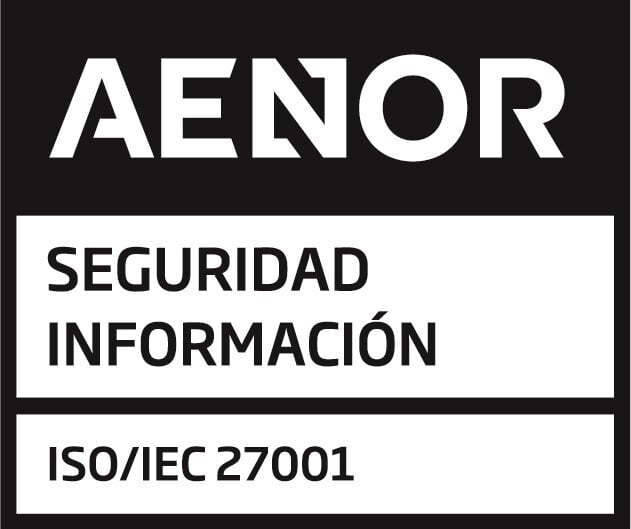Between January and August 2021, wind and solar energy increments were 28% higher than figures for the same period in 2020. This is an indication of a resilient industry that has overcome supply chain breakdowns, costlier key commodities, and higher shipping costs linked to COVID-19.
Solar energy asset owners would be excited about such an indicator, but they are still facing a wide range of challenges. In preparation for the energized demand for cleaner energy and growing positivity around environmental, sustainability, and governance (ESG) standards, solar energy portfolio managers can apply expert management tips on how to manage solar energy.
Please accompany us as we enumerate a few of these tips.
Monitoring
Any energy manager looking for the highest ROI for their assets must apply a monitoring strategy. A remote monitoring system is a modern way of doing it.
Your typical solar energy plant has many devices, each generating its parameters. Take the case of a 300 MWp solar energy plant. Expert estimation shows that it could carry hundreds of inverters, more than 100 transformers, about 5,000 combiner boxes, and hundreds of thousands of modules! You have not even accounted for door sensors, smoke alarms, and such devices. The data points created by these components are humongous.
State-of-the-art monitoring is an effective way to enhance solar energy portfolio management because it offers reliable data navigation for actionable insights.
Data Analytics
Advanced data analytics and solar energy, and by extension the renewable energy industry, are a perfect match. Leading solar energy companies are enjoying higher success thanks to their reliance on data analytics for performance enhancement. Capacity factor, performance ratio, and all the other basic analytics are good, but with the surging competition, it is recommendable to take your analytics a notch higher.
Advanced data analytics for solar energy portfolios involves machine learning and artificial intelligence (AI) to discover underperforming areas. Manage your portfolios properly with an approach that gives you insights that help take specific performance actions. It doesn’t mean you have to discard your SCADA system. The system is still essential for data acquisition and supervision. Adding the QBI solar asset management platform to the mix brings the business intelligence angle needed for competitive advantage. That way, you can see your solar energy portfolios in the same lenses as your business objective, not just a bundle of ones and zeros.
ESG. Health and Safety.
Utility solar firms in the United States have for many years reported bird deaths on their farms. After years of research, a team even embarked on the creation of an AI-centered bird monitor. Fire and emergency teams frequently attend to solar panel fires and damages related to the technology. Like any other technology, solar energy is prone to health and safety issues, so the asset manager must be alive to this fact when determining how to manage solar energy.
The full scope of the risk posed by solar energy installations on health and safety is worth serious consideration. Solar farms are likely to cause challenges related to electromagnetic fields, hazardous materials, and electric shock. While the effects of these health and safety concerns are negligible compared to the overall benefits of solar energy portfolios, alleviating these concerns through advanced asset management is advisable.
Reporting
Asset managers are not only expected to sustain top plant performance but also wade through different departments and systems creating reports manually. QBI interacts with solar energy asset managers frequently and a common challenge for these professionals is reporting. The team was certain what solar energy portfolio managers needed when developing the reporting feature on the platform. Solar energy asset operators and owners can use this feature to streamline their reporting.
With the system, users can generate customizable reports at any frequency including daily, monthly, or quarterly. Since the data is available in graphs, tables, and other easily-understandable forms, reporting becomes so easy. Unlike the manual reporting process that can take days to execute, this process takes just a few minutes. The saved administrative time can be instrumental in furthering other aspects of the company.
Site Inspections
Solar farm inspections are part of asset management and need to be done frequently, say monthly or quarterly. Physical site inspection is still a common sight on many solar farms. Energy generation checks are usually done at the inverter. If there is a performance issue, pinpointing it can take weeks. Add to the time lost doing manual site inspections the costs associated with lost man-hours and the sophisticated equipment used during the visits. Portfolio managers must also know that this method is prone to human-related mistakes.
QBI ensures smooth inspections, especially by taking care of repetitive tasks. Automated workflows enhance the review and approval of inspections. Consequently, managers can significantly reduce the inspection time and related costs.
Balance of Plant (BOP)
Maintaining the solar farm at peak performance requires attending to more than just the solar panels. Unfortunately, the supporting components are sometimes overlooked. At QBI, we advocate for the enhanced running of all components of a power plant. With superior control in our platform, you can minimize delays and outages and increase the heat rate.
Conclusion
To be more profitable and contribute more to the energy transition drive, you need the best solar energy asset management services. QBI Services offers one of the world’s best asset management platforms that helps you view all portfolio data in one place. It is your ideal place to monitor operations, analyze data, report, and generally access a single source of truth for your organization.
More details about this intuitive platform and how to manage solar energy are available here.
